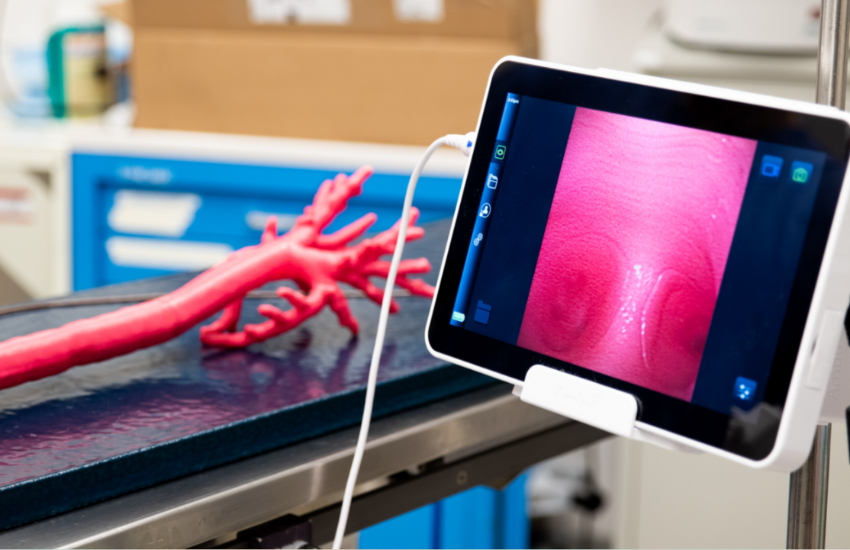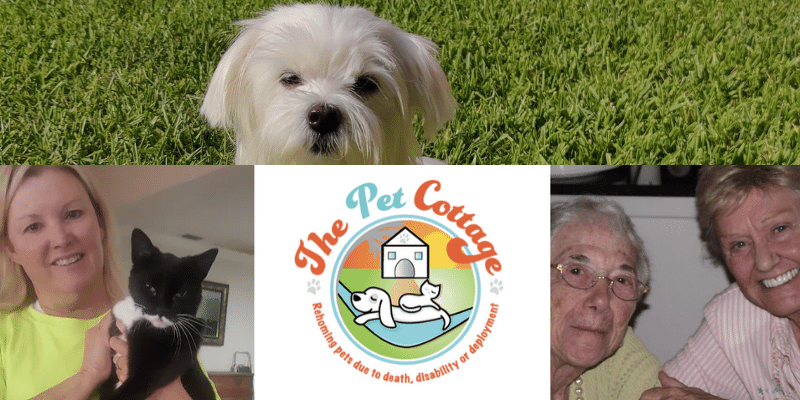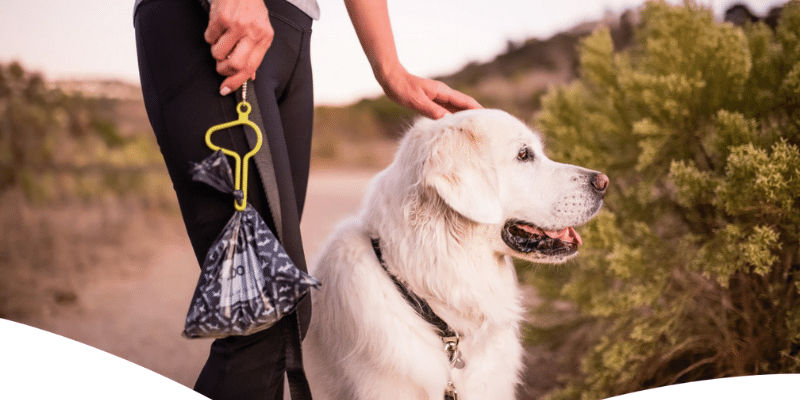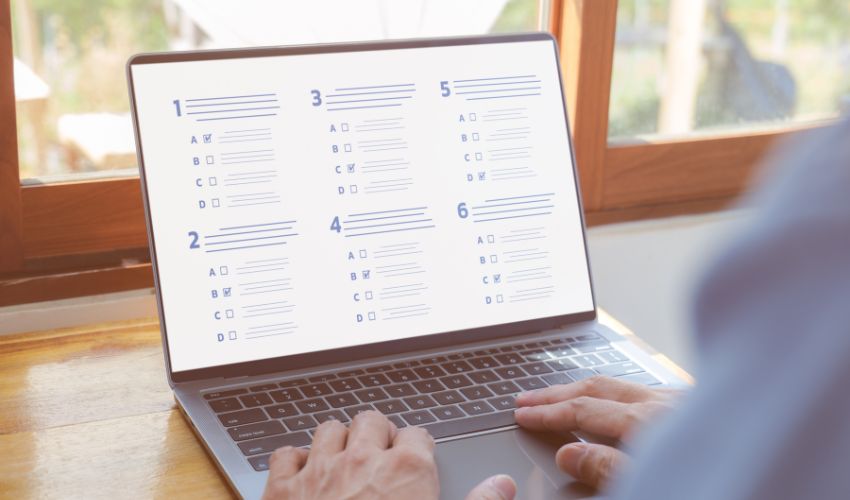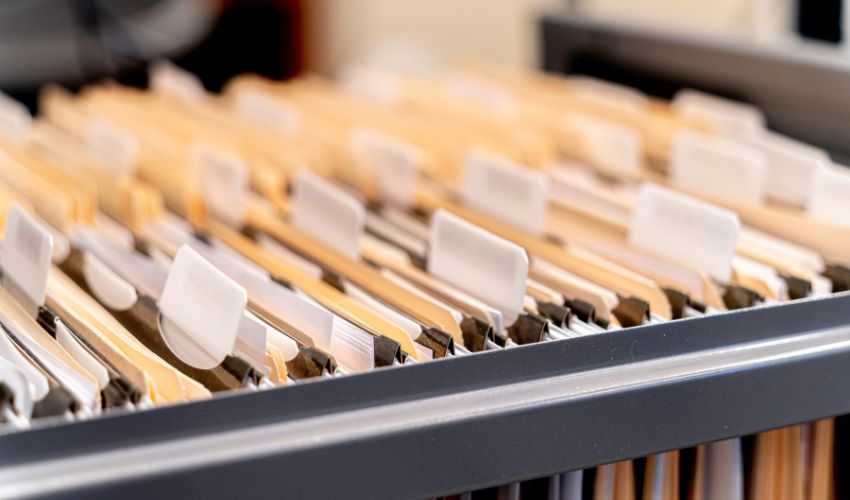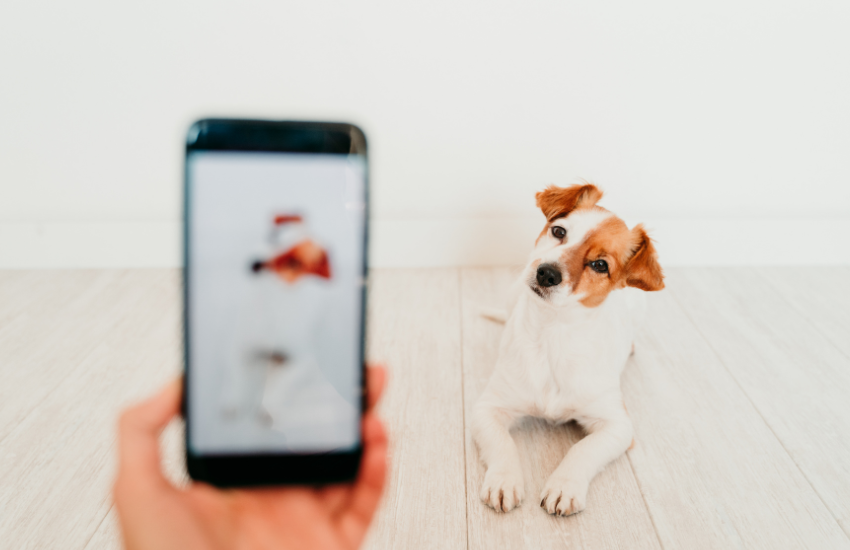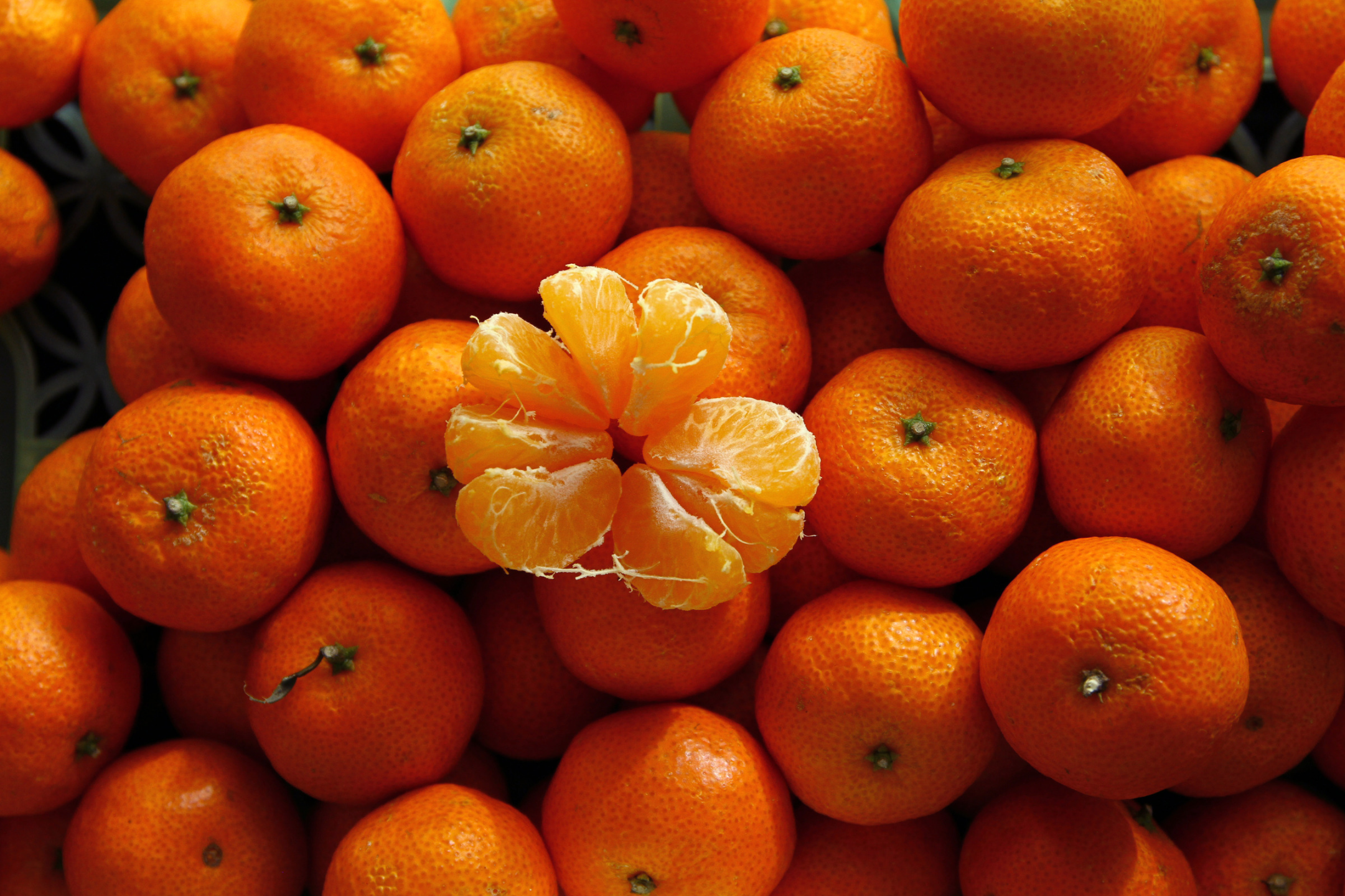Educating, preparing, and training the next generation of surgeons and veterinarians is a crucial step in ensuring the great future of the animal healthcare industry. It is necessary to provide students and new clinicians with fresh solutions to prepare them for the rigorous field.
Sean Bellefeuille, a bilingual biomedical engineer completing his doctorate in Veterinary Medicine at Cornell University, recognized and acknowledged the need for better education and training.
According to him,
“We know there’s a huge problem right now with new grads where they’re not confident in particular procedures or skills. So we try and create these tools to help them adapt.”
Hence, the reason why he co-founded Med Dimensions.
Med Dimensions: The Surgical and Educational Sides

Med Dimensions is a company founded by Sean and a fellow pet-loving engineer, Will Byron, during their time at Rochester Institute of Technology. It was mainly born from their similar interest in 3D printing ─ which led to the creation of a campus club.
“We had just started this 3D printing club where we were trying to do different types of biomedical projects, working on some prosthetics with animals and some devices on humans to help them out.”
The club led by Sean and Will designed and printed various anatomical and biomedical models, projects, and prosthetics for animals and humans. They created these models to help students and surgeons practice better.
Med Dimensions was born shortly after, with a clear mission of wanting to help and offering innovative solutions.
“We take 2D problems and create 3D solutions.”
The company takes a standard 2D Medical image and transforms it into a 3D near replica model of the patient’s anatomy. Med Dimensions create high-quality operative models that students and surgeons can use for practice or reference.
Aside from the surgical applications, Med Dimensions also has an educational side to it. They build educational trainers and patient-specific cutting guides.
The company offers educational models that the students and faculty can manipulate to practice techniques and further build confidence.
The Future of Med Dimensions


“We want to focus on surgery and education. They go hand in hand, but they also have their differences.”
In the beginning, Med Dimensions mainly focused on the surgical side. Though, not long after, they recognized the varying side and the need for educational tools and models.
For the surgical side, the company wishes to explore more on implants. For the educational side of the company, Med Dimensions wants to dip its toes into virtual reality.
According to Sean, they wanted to include AR or VR situations. Here, they can include in the virtual reality the textures and animations that are not in the physical models.
If you want your 2D problem to have an innovative 3D solution, you can try out the services and products of Med Dimensions. You can visit them at med-dimensions.com!

